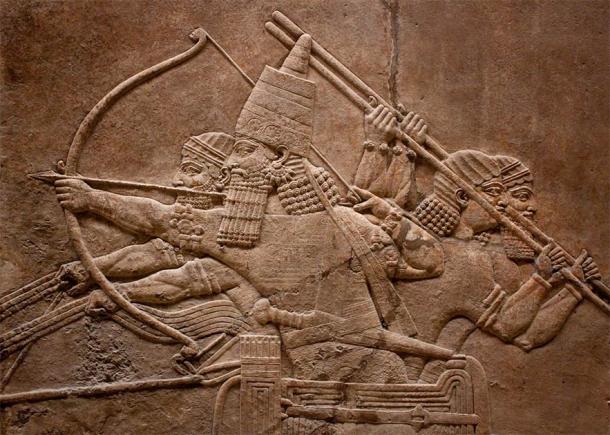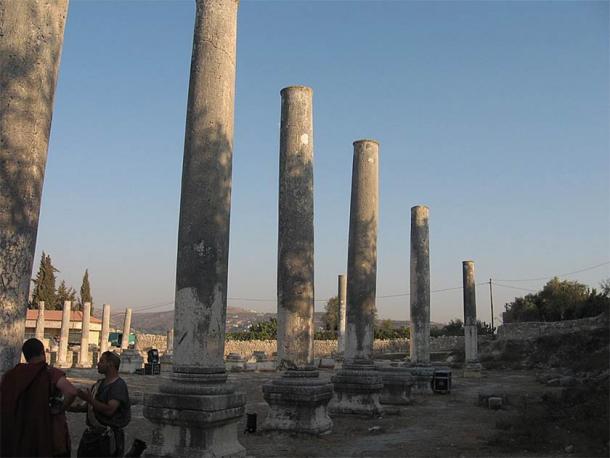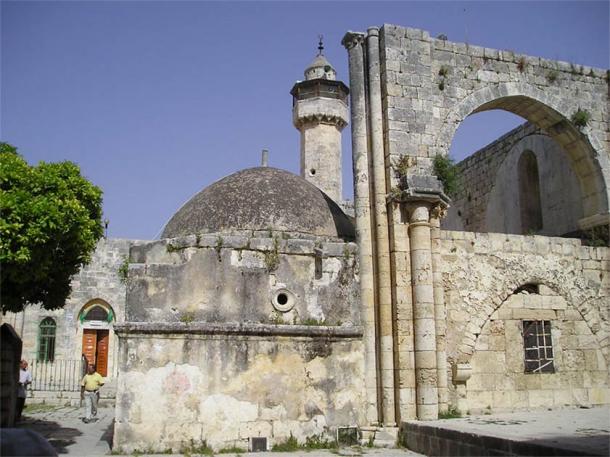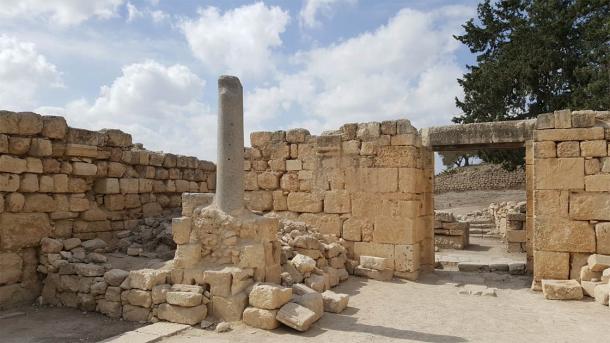Once known as the Land of Canaan, the region was home to great cultures and civilizations for thousands of years. As a result, there are many historic ruins and one of the most fascinating is the ruins of Samaria. This ancient city has remains dating from the Israelite period through to the Middle Ages. Today the area is a National Park and it is recognized as being of immense archaeological importance.
The War, Sieges and Long History of Samaria
The city of Samaria dates back to at the least the 9 th century BC, but there may have been an even earlier settlement on the site. It was the capital of the Northern Kingdom of Israel , one of the two successor states of the kingdom that was ruled by the kings David and Solomon.
It is reported in the biblical Book of Kings that King Omri bought the area from an Aramaean and built the city. He made it the capital of his kingdom after he abandoned Tirzah and members of the Omri dynasty resided here, many of whom are mentioned in the Bible.
It is claimed that the city once housed the Ark of the Covenant as it was passed between the Israelite tribes. The Book of Kings also states that the city was besieged at least twice. Samaria prospered for many years until the Assyrians invaded and devasted the northern kingdom in 722 BC. The vast majority of inhabitants were taken into captivity and relocated across areas of Central Asia and possibly beyond. Their fate is still not confirmed, and they are known as the 10 Lost Tribes of Israel.

Ancient relief of Assyrian warriors fighting in the war ( kmiragaya / Adobe Stock)
As was common practice for the Assyrians, the cities were repopulated with migrants from other conquered territories. This tactic was used to divide populations and preempt uprising, backlash and the formations of avenging armies. In the aftermath of the Assyrian invasion , the population mixed with remaining Hebrews who had not been exiled.
The Samaritans are a distinct religious-ethnic group, who have traced their line back to the tribes of Ephraim and Manasseh and who often battled with the Jews returning from Babylonian exile . This area was in many ways Jewish, but the Samaritans do not regard themselves as Jews.

The ancient ruins of Samaria (Daniel Ventura / CC BY-SA 4.0 )
The city re-emerged during the Persian Period and after the conquests of Alexander the Great, it was garrisoned by Macedonian soldiers. Samaria was badly damaged when it was conquered and devastated by the Maccabees but was later repopulated by Herod the Great and remained the capital of Samaria. The city was annexed by Pompey the Great, a leading Roman general and statesman, and later re-named Sebaste in honor of Emperor Augustus.
Samaria became associated with John the Baptist whom many Christians and Muslims believe is buried in the former city. As a result, churches were built in the city during the Byzantine era and the Crusaders built a church in the town in the 12 th century AD. The Samaritans also continued to practice their faith and maintained their religious identity. Although they were brutally repressed by the Byzantines in the 6 th century AD, there are still some communities of Samaritans in Israel/Palestine today.

Chapel above the tomb of St. John the Baptist, seen from the west (Photo by Jerzy)
By the 19 th century, Samaria was only a small village inhabited by Palestinians. The first excavations at the site occurred in 1908.
The Many Layers of Samaria
The city was built on the summit of a rocky hill. Only the acropolis of Samaria has been extensively excavated and the palace was recognized as the Palace of Omri . The walls of this structure as well as the outline of a tower and other Hellenistic remnants can still be seen. The acropolis area was extended in all directions by the addition of a massive perimeter wall built in the casemate style.
The fragment of a stela with an Assyrian inscription attributed to Sargon II was found on the eastern slope of the acropolis testifying to their presence. The inscriptions from Sargon’s palace at Khorsabad, testify to the inhabitants of Samaria being deported to Assyria.

The ancient Byzantine church entrance ( ovedc / CC B-SA 4.0)
Most of the remains from the Israelite period lie beneath later ruins, the majority dating to the Roman era. These include the Augusteum, consisting of a temple and a large forecourt built over the Omride palace at the summit of the acropolis; a city gate and an east-west colonnaded street; a theater on the northeast slope of the acropolis; a Temple of Kore on a terrace north of the acropolis; and a stadium to the northeast in the valley below.
East of the acropolis lies the forum, flanked on the west by the partially excavated basilica. Water was supplied via an aqueduct, this one underground. The city was encompassed by a city wall 2½ miles (4 kms) long, with imposing towers that linked the gateways in the west and north. A number of mausoleums with ornate sarcophagi were excavated in the area of the modern village and fields.
The burial place of John the Baptist and his tomb can be reached by a steep flight of steps and is situated beneath the Crusader cathedral in the village. A small basilica church, first founded in the fifth century, was excavated on the southern slope of the acropolis. A monastery was added at a later date and in the 12th century a Latin cathedral dedicated to John the Baptist and marking the spot of his tomb, was built east of the Roman forum. It later became the Sebaste village mosque.
Visiting the City of Samaria on the West Bank
The site is near the city of Nablus and approximately 75 miles (120 kms) from Jerusalem. There are day trips to the site and a fee is charged to enter the park, which is open all day.
Top image: Sebaste’s archaeology ancient ruins Source: Pavel Bernshtam / Adobe Stock
By Ed Whelan
 RSS Feed
RSS Feed















 September 11th, 2020
September 11th, 2020  Awake Goy
Awake Goy  Posted in
Posted in  Tags:
Tags: 













